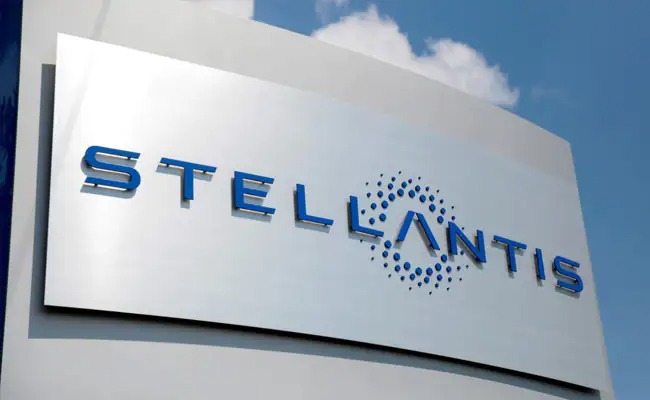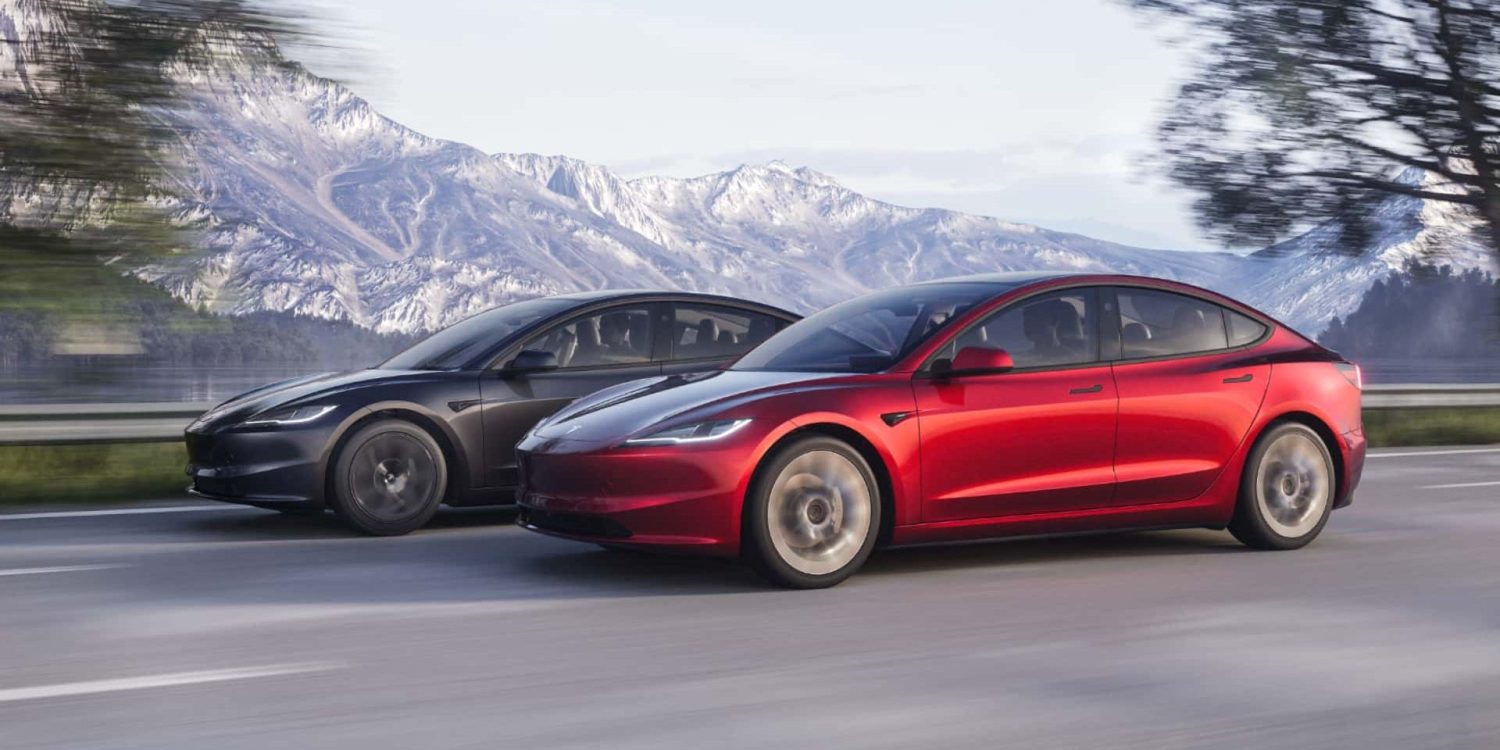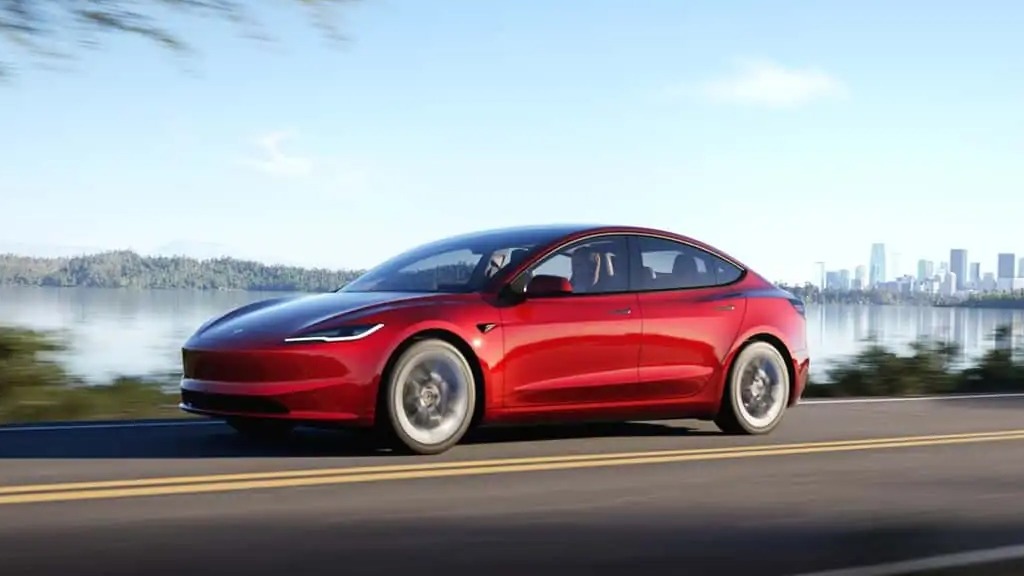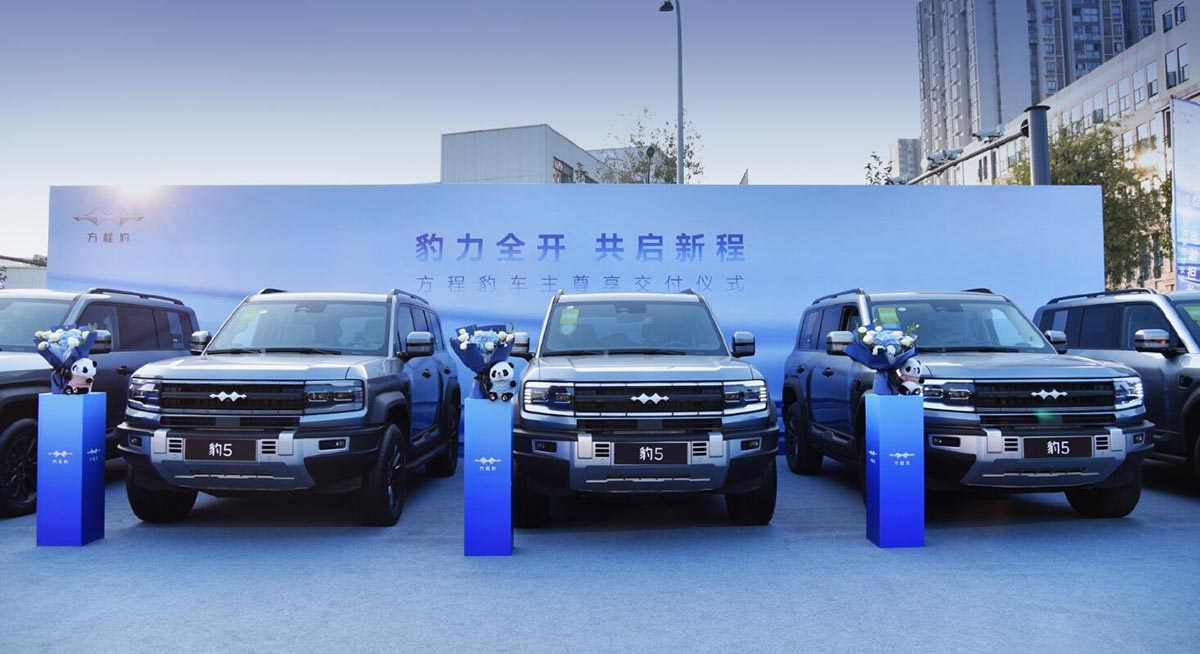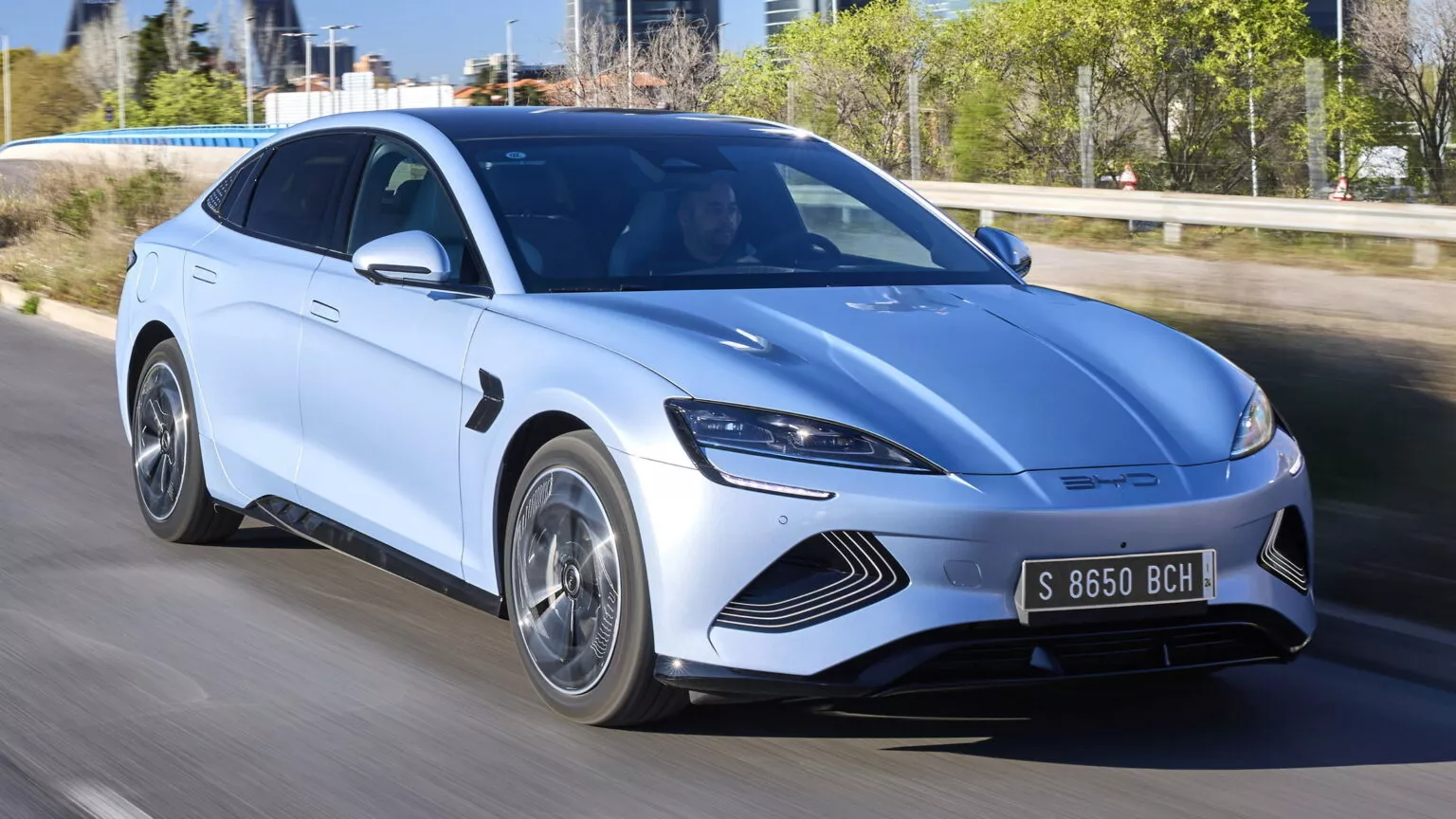Stellantis, the automotive conglomerate, is set to adjust its 2030 revenue goal for the recycling and reconditioning segment following a 25% surge in revenue for the current year, as disclosed by the company’s CEO on Thursday. The move aims to enhance the affordability of electric vehicles (EVs) by mitigating the impact of rising prices and limited availability of raw materials.
Carlos Tavares, CEO of Stellantis, highlighted the critical role of stabilizing the supply chain for raw materials in preventing market fluctuations and reducing inflationary pressures on EV costs. The automaker’s circular economy unit, focusing on recycling and extending the lifespan of parts, including EV batteries, aligns with this strategy.
Stellantis’ long-term business plan outlines a target of generating 2 billion euros ($2.2 billion) in revenue from its circular economy unit by 2030. Tavares emphasized the profitability of the growing business and hinted at a revision of the revenue target without providing specific details.
The newly inaugurated circular economy hub in Turin, forming part of Stellantis’ initiative, concentrates on part and vehicle life extension, component reconditioning, and material recycling to reintegrate into the manufacturing cycle. With an initial investment of 40 million euros, the facility is the first of four planned by Stellantis, with potential locations in North America, Latin America, and the Africa Middle East region.
The Turin-based site currently employs 170 highly-trained workers, a number expected to rise to approximately 550 by 2025. Tavares highlighted the predominantly internal recruitment strategy, drawing employees from Stellantis’ existing workforce in Italy.

